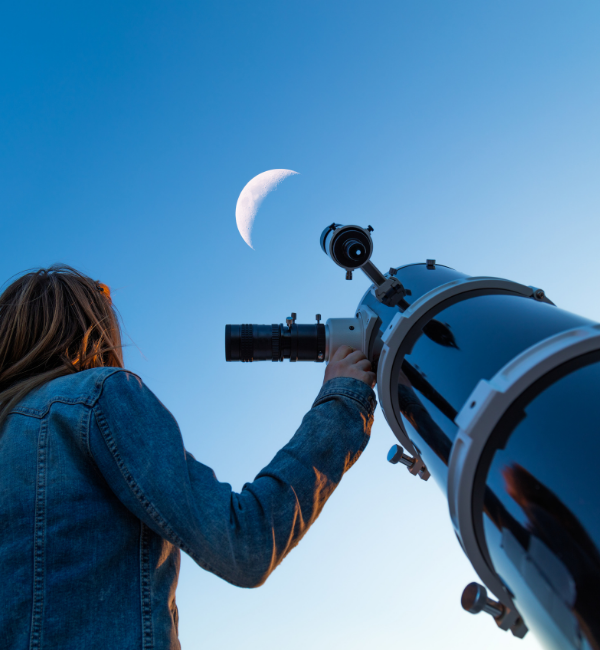Storytime - Pocket Solar System


Read "There's No Place Like Space" (or a similarly themed storybook) and learn about the Solar System by making a pocket diagram of the planets.
This workshop consists of two parts: a reading of "There's No Place Like Space" by Tish Rabe followed by a hands-on activity. Learners will make a diagram of the planets using either receipt paper or taped-together pieces of paper. Learners will learn about the relative distances of the planets, the order of the planets, and some information about the planets.
Based on the ages of youth and time available, you may choose to:
- Not read the storybook or choose another storybook
- Only use slides 16-27 (visual instructions for the activity); not use the PowerPoint; or print relevant information
- Pre-cut and prepare the paper (younger children may need extra support or struggle completing this task)
What You Need
For the reading:
- "There's No Place Like Space" by Tish Rabe
For the activity (per learner):
- Receipt paper OR 3 pieces of standard sized blank paper
- Crayons, pencil crayons, or markers
PowerPoint:
- Storytime - Pocket Solar System (optional - download and edit slides for your specific event)
What To Do
Part A: Reading of "There's No Place Like Space" by Tish Rabe
Part B: Doing the Activity
The PowerPoint for this activity also contains visual instructions and questions you can ask.
Steps 1-3 are if you are using paper instead of receipt paper.
- Tape 3 pieces of paper together lengthwise at the tops.
- Cut the 3 taped pieces longwise so you have two long strands.
- Tape the halves together lengthwise, so you have 6 divisions of paper connected by tape.
- Label the rightmost end of the paper as the Kuiper Belt, and the leftmost as the Sun.
- Fold the paper in half and create a crease. Label the crease as Uranus.
- Fold the Kuiper Belt up to Uranus and create a crease. Label this crease as Neptune.
- Fold the Sun up to Uranus and create a crease. Label this crease as Saturn.
- Fold the Sun up to Saturn and make a crease. Label this crease as Jupiter.
- Take the distance from the Sun to Jupiter and fold it into equal thirds, so that you have two creases and three flat sections. Label the crease closest to the Sun as Mars.
- Take the distance from the Sun to Mars and fold it into equal thirds. Label the crease farthest from the Sun as Earth.
- Take the distance from the Sun to Earth and fold it into equal thirds. Label the crease closest to the Sun as Mercury, and the farthest crease as Venus.
- Now, you can draw and colour each planet at the labels!
Discovery
Students will create a model of the Solar System which takes into account the relative distances of each planet from the Sun. This debunks misconceptions created when we view simplified models of the Solar System and gives them an appreciation for the sheer size of space and the planets in it.
If time permits, students will also discuss the pros and cons of turning observations into visual models and test their predictions of what they expected the model to look like.
For older audiences, you can also talk about Pluto, the relative sizing of the planets, and the constraints of Solar System models.
What's Happening?
Students will create a model of the Solar System which takes into account the relative distances of each planet from the Sun. This debunks misconceptions created when we view simplified models of the Solar System and gives them an appreciation for the sheer size of space and the planets in it.
If time permits, students will also discuss the pros and cons of turning observations into visual models and test their predictions of what they expected the model to look like.
Investigate Further
For older audiences, you can also talk about Pluto, the relative sizing of the planets, and the constraints of Solar System models.